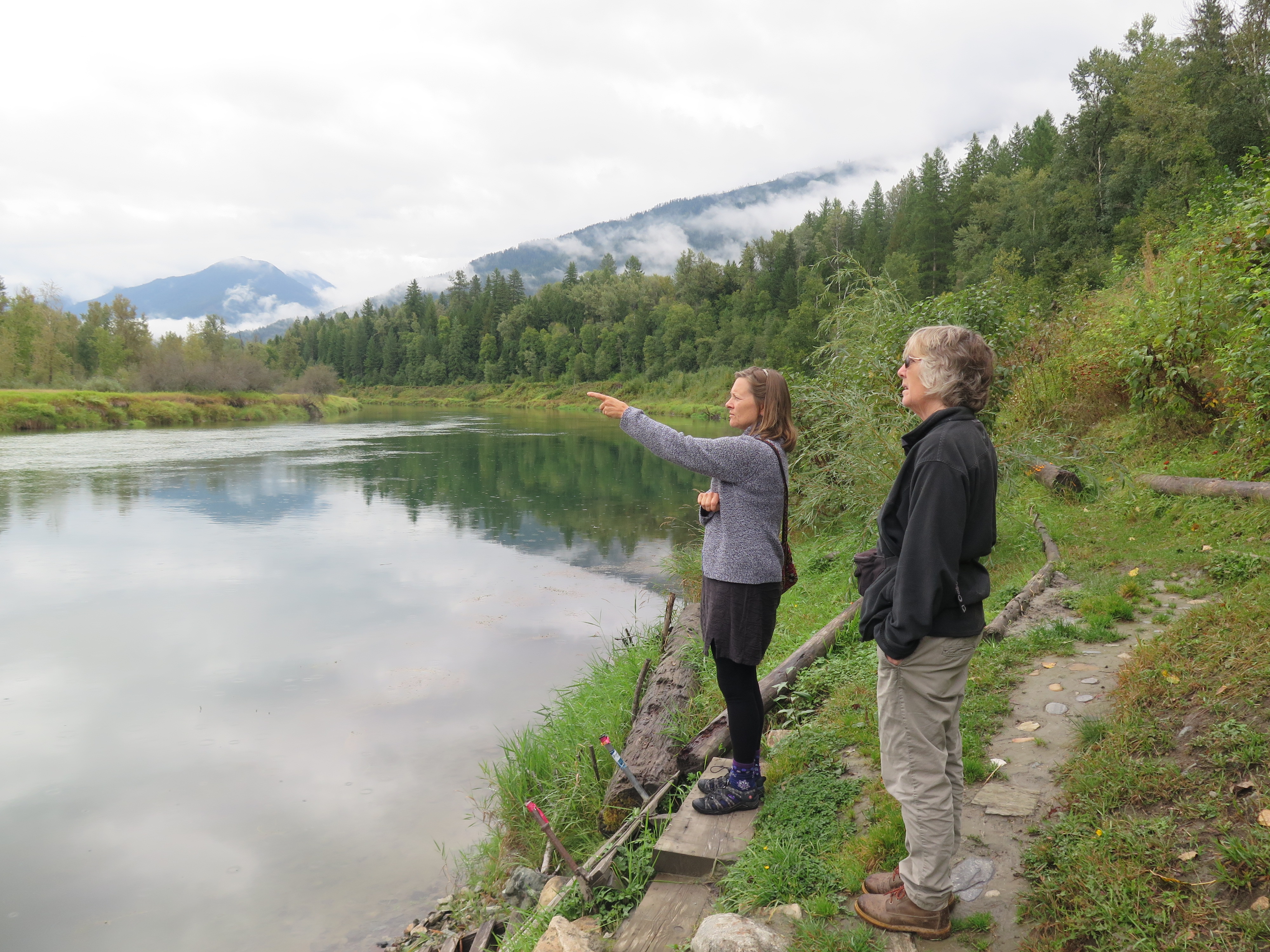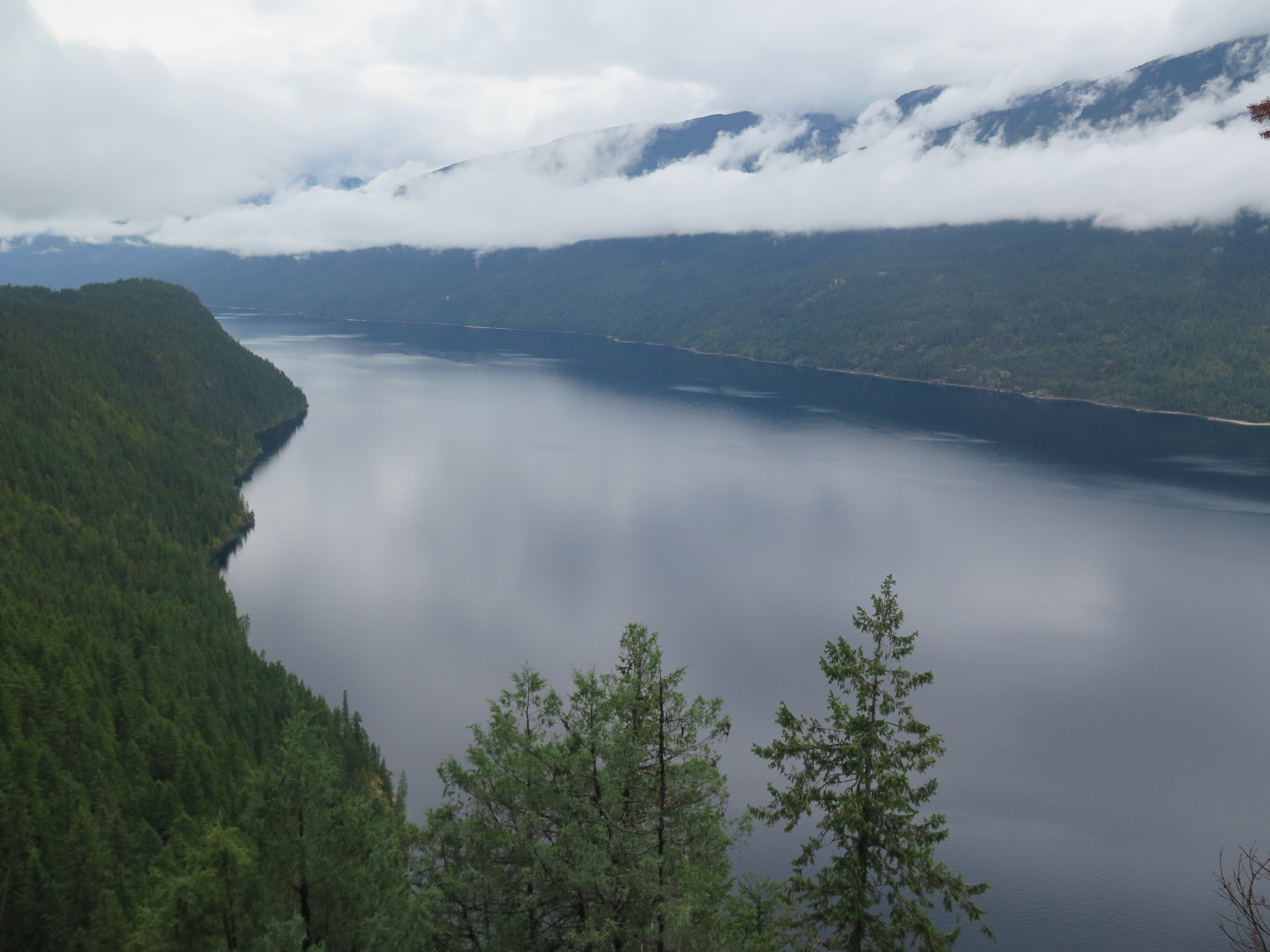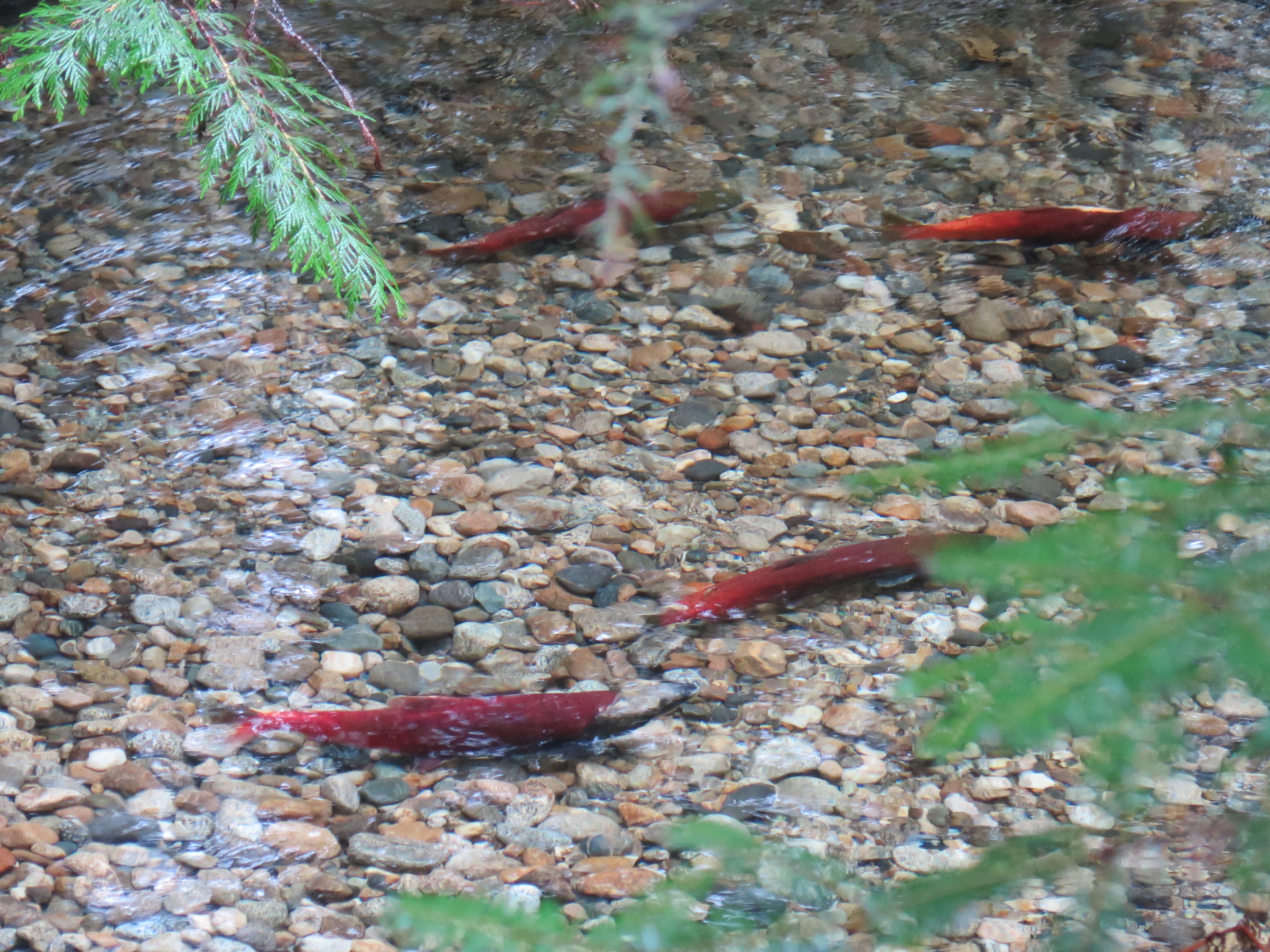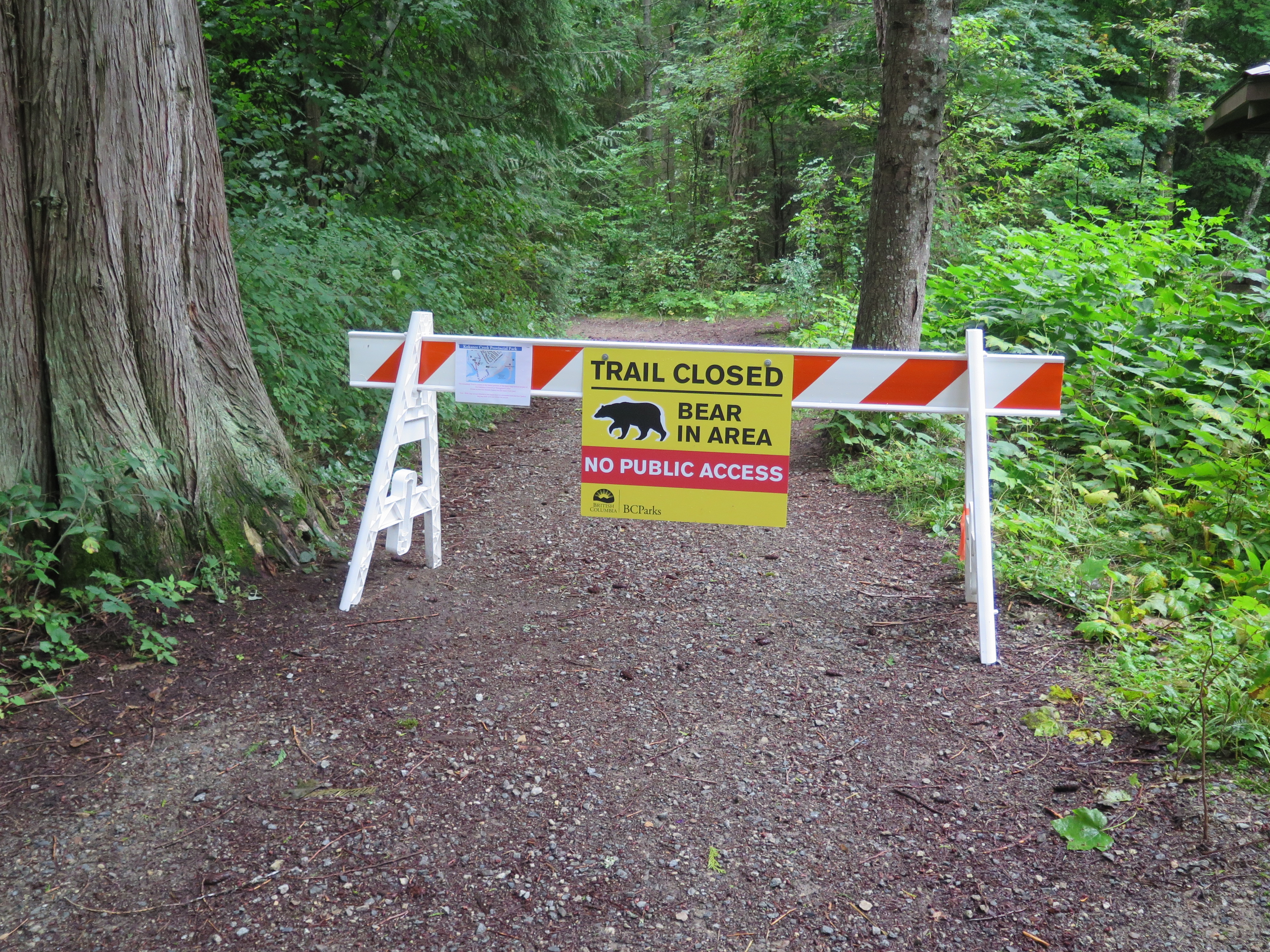Today, as if we needed it, we got more evidence of how big Canada is. We are in British Columbia and BC is 7.2 times the size of England. If you take all of Canada, then it is well over 40 times the size of the UK! Today’s lesson in how big it is was a car tour around the West Kootenay area of BC. Sue took us on a drive around via Trail, Castlegar, Silverton, New Denver, then across to Kaslo and finishing off the loop via Nelson. We started just after 9am and got back to Rossland about 8pm – just in time for supper at Prestige – one of the local hotels.
The trip was fascinating. We started going through Trail – just down the road from Rossland. This is home to one of the world’s largest fully integrated zinc and lead smelting and refining complexes. It earned over $1,900m in 2018 and is the major local employer. It was first set up to smelt all the finds from the local Rossland mines in 1898, so has a long local history.

From there we headed up to the Slocan Lake – a beautiful lake about 24 miles long and an average of 171 metres deep with the wonderfully named Valhalla mountain range to the west. We stopped in a couple of places including a great lookout about a third of the way up the lake.

From there we headed gradually up to New Denver – a lovely place but with a slightly darker history. New Denver was originally a mining town and was known as Eldorado City, but it quickly became clear that gold was not going to make them all wealthy as there wasn’t very much, so they changed the name to New Denver. The advent of WWII though changed things completely. Not long after the outbreak of hostilities and Japan’s attack on Canadian troops in Hong Kong in December 1941, men of Japanese descent between the ages of 18 to 45 were sent to labour camps in the Interior of British Columbia or farther into Eastern Canada. Also, approximately 1,500 women, children, and elderly men were sent to the “Orchard”, a small section of New Denver set up to house them. This internment camp is remembered by the Nikkei Internment Memorial Centre in New Denver which is dedicated to the history of the 27,000 Japanese Canadians who were interned by the Canadian government. There is also the Kohan Reflection garden – a beautiuful Japanese garden on the shores of the Slocan Lake.
Probably uniquely around the world, New Denver is renowned for its resistance to mobile phones. In 2008 the town voted in a referendum against the introduction of a cellular phone service for the area. The rest of us usually have the opposite problem with us wanting it and the mobile companies not installing it!
From New Denver we headed across the Retallack Pass to Kaslo – a beautiful town on Kootenay Lake. It is well know locally for its Jazz Festival which takes place on a floating stake on the lake. We had lunch there and then started heading back south again. We dropped into Ainsworth Hot Springs, but decided not to stay – the rain had obviously brought everyone into the springs rather than be outside.
From there we headed to Kokanee Creek Park. We stopped here to watch an amazing event – the Kokanee salmon spawning. The kokanee salmon (Oncorhynchus nerka), also known as the kokanee trout, little redfish, silver trout, kikanning, Kennerly’s salmon, Kennerly’s trout, or Walla, is the non-anadromous form of the sockeye salmon (meaning that they do not migrate to the sea, instead living out their entire lives in freshwater). They are related to the Pacific Sockeye salmon, but were cut off in the ice age and so never went back to sea. When they are about three years old, they head up Kokanee Creek to the spawning channel to lay their eggs. Once they have buried their eggs in the gravel, they are fertilised by the male and then they both guard the nest for as long as they can survive – probably just a few days. They then die and float back down the creek to be feasted on by various animals.

The salmon only turn red when spawning as they stop eating. They are normally silver, but once they head to the spawning ground, they re-absorb their scales and this makes the red flesh show through. They gradually go mottled and white as once they have re-absorbed the scales, they are much more prone to disease.
We stayed around for a while in the early evening to try and see if any black bears came down to feast on the salmon. It is a place where the bears come very regularly for an easy take-away meal … The guide in the park told us that a couple of evenings before there had been a mother with three cubs. She sent the cubs up the tree to keep them safe while she fished and then fed them. However, the closest to a bear we saw was a sign saying that there were bears around! We did see ravens trying to fish and also merganser ducks eating the eggs.

